5 Great Museums to Visit In London (And They’re All Free)
London is home to plenty of world-class museums. Below are the five museums I visited during my London holiday, arranged in alphabetical order. Admission is free for all the museums.
1. British Museum
The British Museum is the world’s first public national museum. Located in Bloomsbury, it is home to a collection of around eight million items related to human history, art and culture.
My favourite exhibit was definitely the Rosetta Stone, a large rock discovered in 1799 which is inscribed with the same text in three different languages: Egyptian hieroglyphic, Demotic scripts, and Ancient Greek.
Therefore, it became key to deciphering Egyptian hieroglyphs, thereby opening a window into ancient Egyptian history.
Below are some other exhibits worth checking out. Make sure to plan your visit using the British Museum map.
- Parthenon Marbles – ancient Greek sculptures originally part of the Parthenon (also known as Elgin Marbles)
- Easter Island Moai – famous monolithic human figures
- Samurai armour – example of military might of medieval Japan
- Mummy of Katebet – one of the most studied Egyptian mummies
British Museum
Address: Great Russell St, Bloomsbury, London WC1B 3DG, United Kingdom
Directions: British Museum on Google maps
Opening Hours: Daily 10am to 5.30pm, opens till 8.30pm on Fridays
Website: www.britishmuseum.org
2. National Gallery
The National Gallery is a famous art museum located in Trafalgar Square. Founded in 1824, it houses an amazing collection of masterpieces by the likes of Vincent van Gogh, Michelangelo, Rembrandt, Caravaggio, Monet, Botticelli, Raphael, Leonardo da Vinci, and more! In total, there are over 2,300 paintings dating from the 13th to early 20th century.
My favourite painting was “The Supper at Emmaus”, painted by Caravaggio in 1601. Like many people, I am a fan of the intense realism and masterful use of dramatic lighting in his paintings.
This particular painting depicts the moment when the resurrected Jesus reveals himself to two of his disciples (presumed to be Luke and Cleopas) in the town of Emmaus (Luke 24: 30–31).
Caravaggio’s innovative treatment of the subject makes this one of his most powerful works. The depiction of Christ is unusual in that he is beardless, and great emphasis is given to the still life on the table, in particular the basket of food which teeters perilously over the edge.
Below are some of my other favourite paintings in the museum. You can check out the National Gallery floorplan to plan your tour, or use my personal map if you are lazy to plan.
- Venus and Mars (c.1485, Sandro Botticelli)
- The Virgin of the Rocks (c. 1491/2-9 and 1506-8, Leonardo da Vinci)
- The Madonna of the Pinks (c.1506-7, Raphael)
- The Ambassadors (1533, Hans Holbein the Younger)
- Samson and Delilah (c.1609-10, Peter Paul Rubens)
- Sunflowers (1888, Vincent van Gogh)
- Bathers Les Grandes Baigneuses (c.1894-1905, Paul Cézanne)
The National Gallery
Address: Trafalgar Square, Charing Cross, London WC2N 5DN, United Kingdom
Directions: The National Gallery on Google maps
Opening Hours: Daily 10am to 6pm, Opens till 9pm on Fridays
Website: www.nationalgallery.org.uk
3. Natural History Museum
The Natural History Museum is a museum in South Kensington home to a staggering collection of 80 million items grouped into 5 categories: botany, entomology, mineralogy, paleontology and zoology.
The star attraction of the museum is the huge 126-year-old blue whale skeleton hanging in the main hall. I am not really a fan of natural history so I left after a quick walk through the museum.
The museum is located near the Science Museum and the Victoria and Albert Museum. If you are interested you can download the Natural History Museum map.
Natural History Museum
Address: Cromwell Rd, South Kensington, London SW7 5BD, United Kingdom
Directions: Natural History Museum on Google maps
Opening Hours: Daily 10am to 5.50pm
Website: www.nhm.ac.uk
4. Science Museum
The Science Museum in South Kensington is home to a vast collection of historical science artifacts. It is near the Natural History Museum and the Victoria and Albert Museum.
I enjoyed touring this museum, though I would say it is more suited for children and young teenagers.
There are many fun and interesting exhibits, accompanied by information boards that are easy to understand. The museum is not too big, therefore it is quite easy to navigate.
The highlight for me was the Apollo 11 Lunar Module ‘Eagle’, which was the first crewed vehicle to land on the Moon in 1969. It carried two astronauts, Commander Neil A. Armstrong and pilot Edwin E. “Buzz” Aldrin, Jr.
The display in the Science Museum is actually a replica, but it still looked pretty cool. There is also a fake astronaut fully clad in spacesuit beside the Lunar Module.
Below are some of my favourite exhibits in the museum. You can use the Science Museum floor plan to plan your visit.
- Valve from Colossus Project
- Alan Turing’s Pilot ACE Computer
- One Million Volt Particle Accelerator
- Apple I Computer
- Puffing Billy Locomotive
- Analytical Engine
- Lockheed 10A Electra
Science Museum
Address: Exhibition Rd, South Kensington, London SW7 2DD, United Kingdom
Directions: Science Museum on Google maps
Opening Hours: Daily 10am to 6pm (last entry 5.15pm)
Website: www.sciencemuseum.org.uk
5. Victoria and Albert Museum (V&A)
The Victoria and Albert Museum (V&A) is the world’s largest museum of applied and decorative arts and design, as well as sculpture, housing a permanent collection of over 2 million items. It is near the Science Museum and the Natural History Museum.
My favourite part of the museum was the Rodin collection. There are over 20 works by Rodin here, making it one of the largest collections of the sculptor’s work outside France.
I enjoyed viewing his sculptures, which have an unbridled and intense quality that departed from the usual repetition of traditional patterns in classical sculptures.
It is no wonder that many people consider Rodin to be the progenitor of modern sculpture.
The other highlight for me was the Cast Courts, home to 19th century reproductions of some of the most famous Italian renaissance sculptures and architecture.
These include replicas of the “Three Davids” by Michelangelo, Donatello and Verrocchio, Madonna and Child by Michelangelo, and many more.
Remember to download the Victoria and Albert Museum map before visiting.
Victoria and Albert Museum (V&A)
Address: Cromwell Rd, Knightsbridge, London SW7 2RL, United Kingdom
Directions: V&A on Google maps
Opening Hours: Daily 10am to 5.45pm, opens till 10pm on Fridays
Website: www.vam.ac.uk

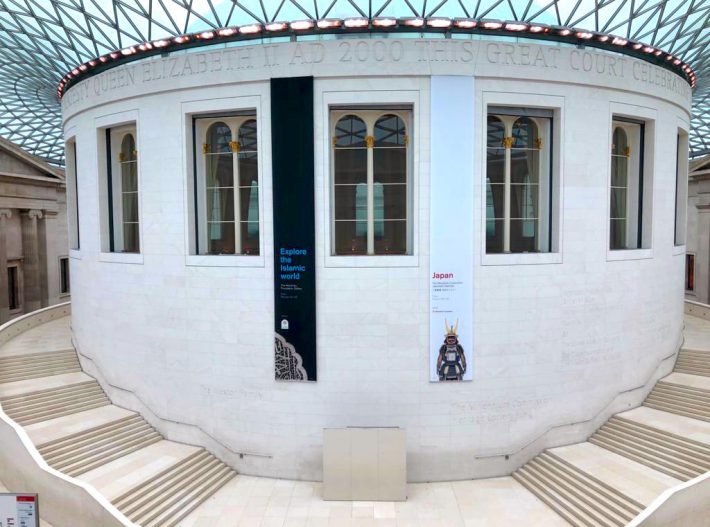
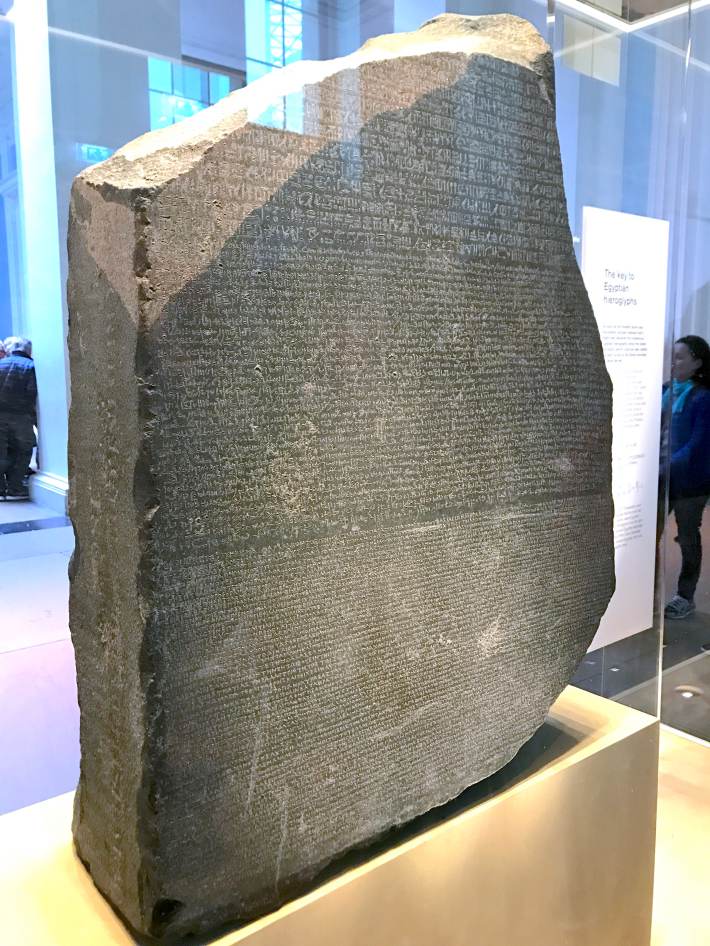
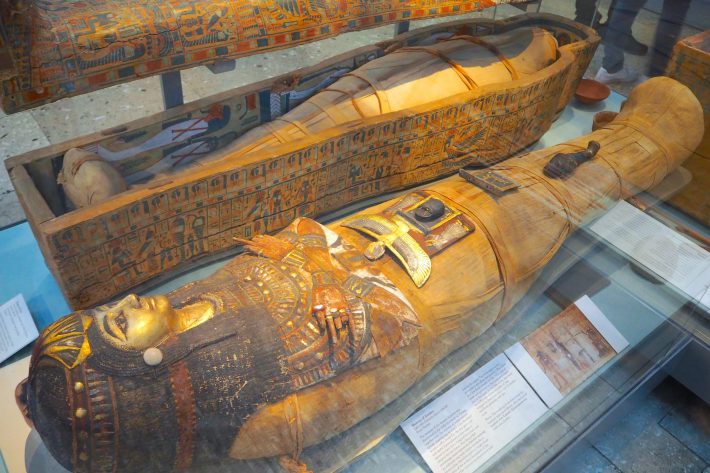
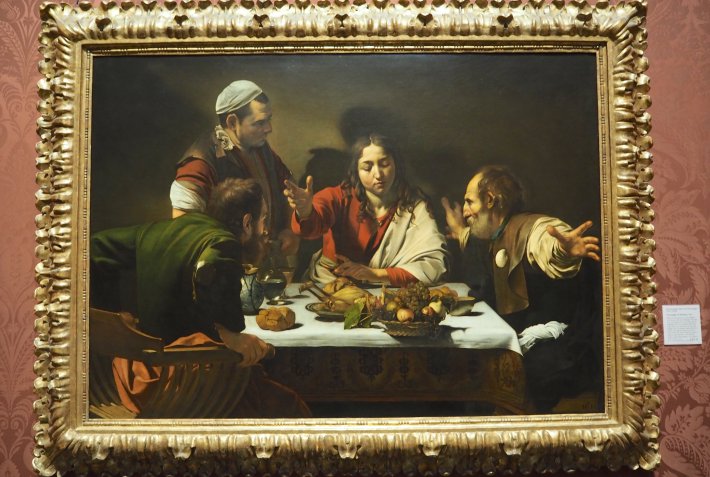
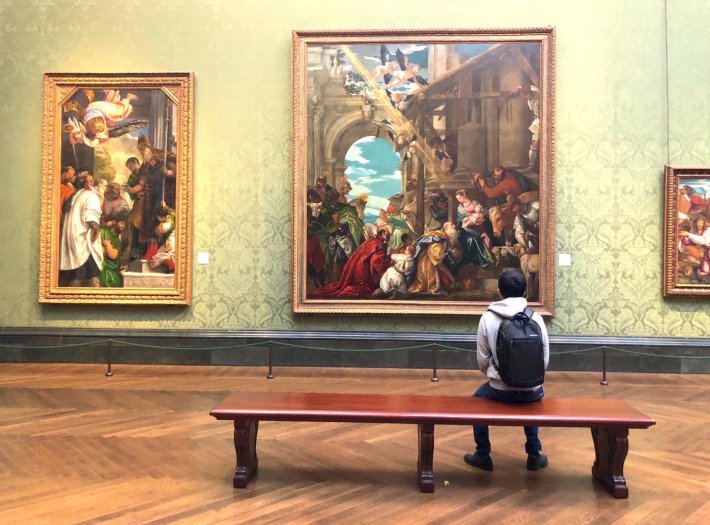
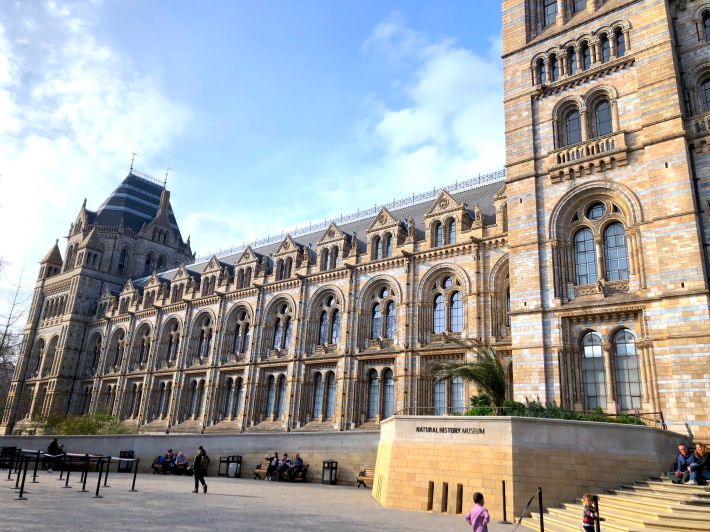
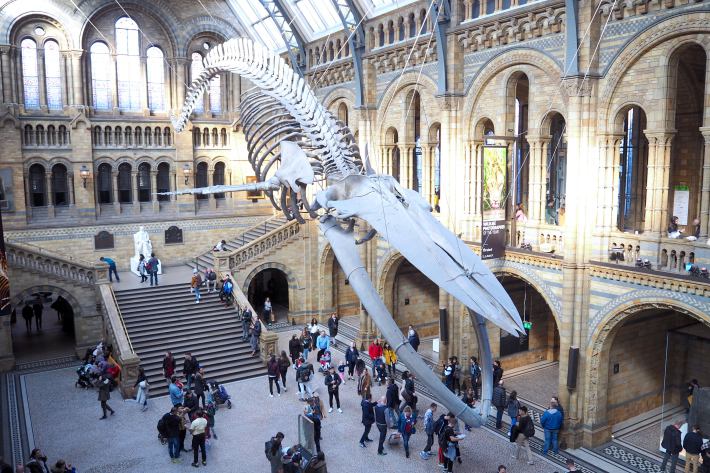
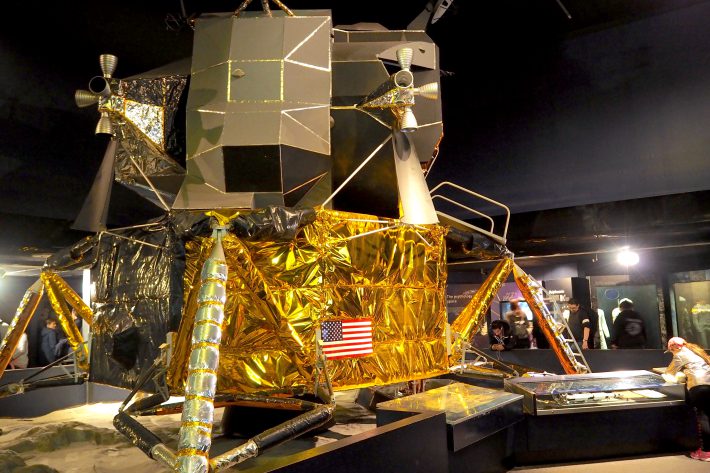
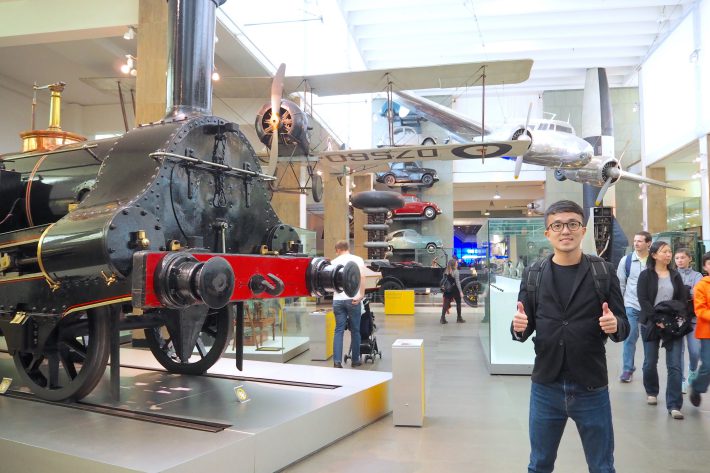
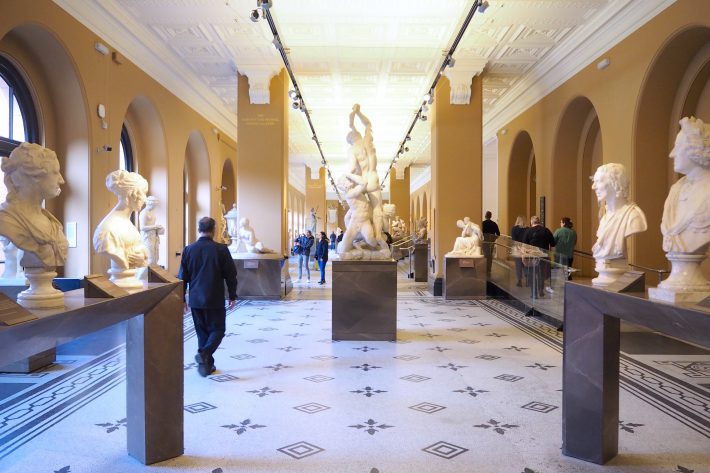
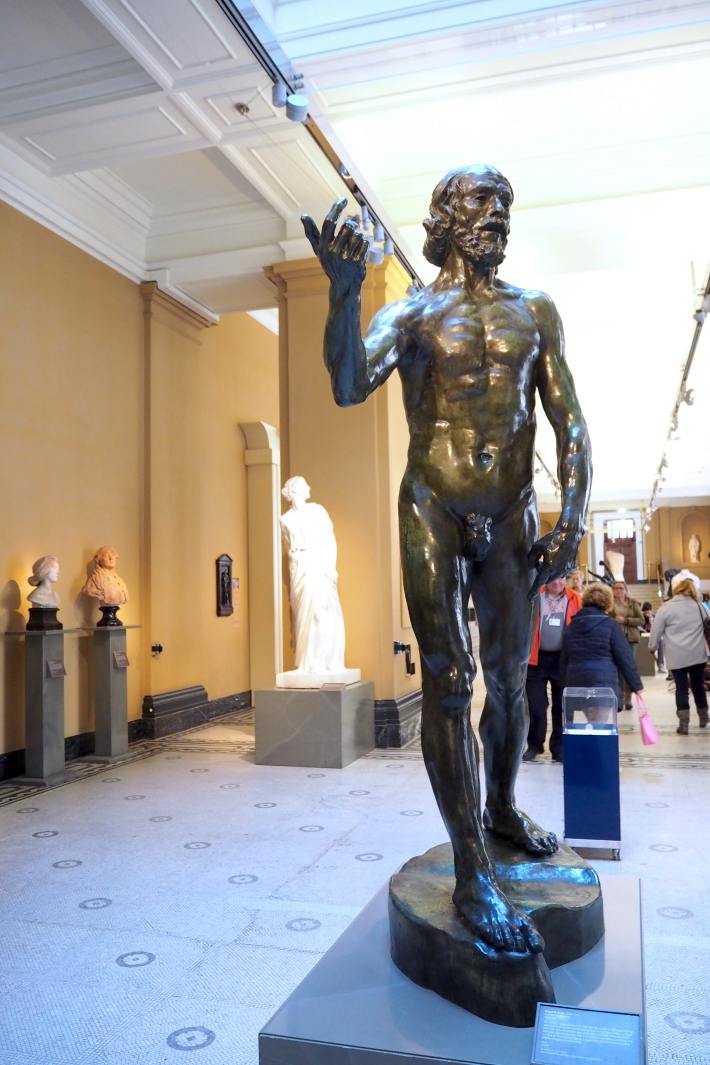
No comments yet